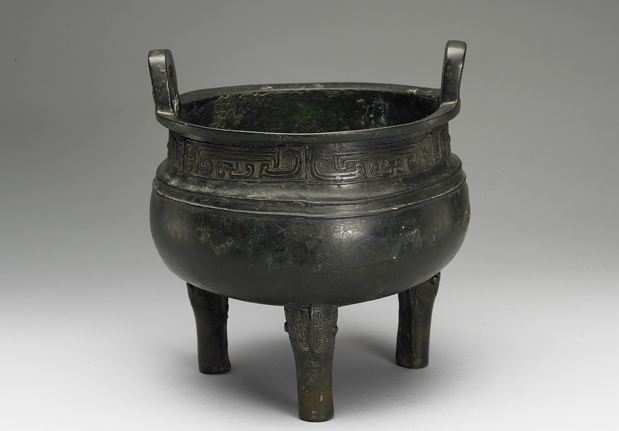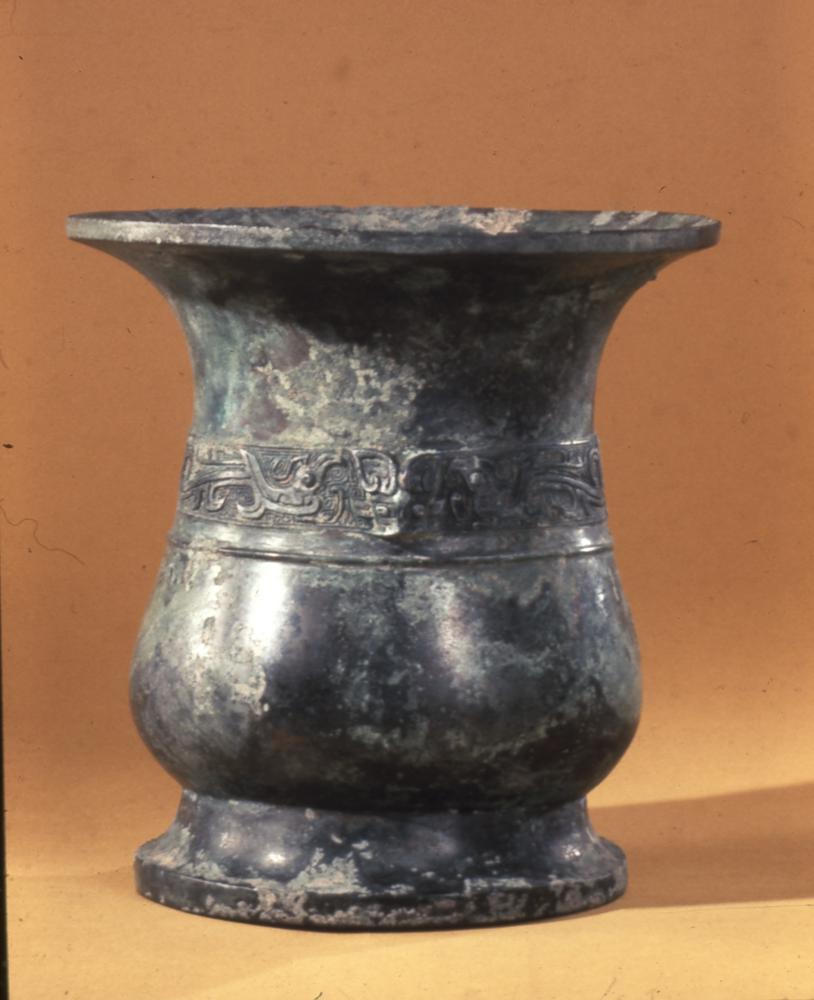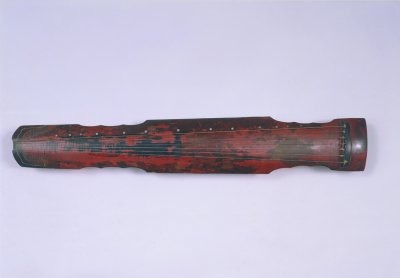Period:Ming dynasty Production date:1522-1566
Materials:porcelain
Technique:glazed
Dimensions:Height: 19.10 centimetres
Description:
Porcelain ewer covered with a crackled white glaze. This ewer has an ovoid body which tapers in to a flat base. It has a long waisted tubular neck with a dish mouth and a long vertical spout, bent at the end and supported by an angled strut with curlicue terminals. Its handle, which is ribbed and somewhat slanted, joins the neck about halfway down. It is coated with a thick matte blue-white glaze covered with a broad brown crackle.
IMG
![图片[1]-ewer BM-1947-0712.87-China Archive](https://chinaarchive.net/Ming dynasty/Ceramics/mid_00254871_001.jpg)
Comments:Harrison-Hall 2001:Such ewers were probably made for pouring wine. Their long spouts produced an elegant stream of liquor when poured into small wine cups. Ewers of this type were made with monochrome glazes and incised decoration, such as the Museum’s turquoise example (see BM 1936.1012.92). They were also decorated in underglaze blue, as evidenced by a ewer in the Museum of Far Eastern Antiquities, Stockholm, which is painted with underglaze peach branches around the body. Crackled glazes are much admired in China and originated in the Song period at kilns which made ‘guan’ and ‘ge’ wares. The crackle on the present ewer results from the after-firing cooling process, although an imitation crackle can be achieved through staining with an iron solution or with tea, a method popularly employed in the Qing dynasty.
Materials:porcelain
Technique:glazed
Dimensions:Height: 19.10 centimetres
Description:
Porcelain ewer covered with a crackled white glaze. This ewer has an ovoid body which tapers in to a flat base. It has a long waisted tubular neck with a dish mouth and a long vertical spout, bent at the end and supported by an angled strut with curlicue terminals. Its handle, which is ribbed and somewhat slanted, joins the neck about halfway down. It is coated with a thick matte blue-white glaze covered with a broad brown crackle.
IMG
![图片[1]-ewer BM-1947-0712.87-China Archive](https://chinaarchive.net/Ming dynasty/Ceramics/mid_00254871_001.jpg)
Comments:Harrison-Hall 2001:Such ewers were probably made for pouring wine. Their long spouts produced an elegant stream of liquor when poured into small wine cups. Ewers of this type were made with monochrome glazes and incised decoration, such as the Museum’s turquoise example (see BM 1936.1012.92). They were also decorated in underglaze blue, as evidenced by a ewer in the Museum of Far Eastern Antiquities, Stockholm, which is painted with underglaze peach branches around the body. Crackled glazes are much admired in China and originated in the Song period at kilns which made ‘guan’ and ‘ge’ wares. The crackle on the present ewer results from the after-firing cooling process, although an imitation crackle can be achieved through staining with an iron solution or with tea, a method popularly employed in the Qing dynasty.
© Copyright
The copyright of the article belongs to the author, please keep the original link for reprinting.
THE END





